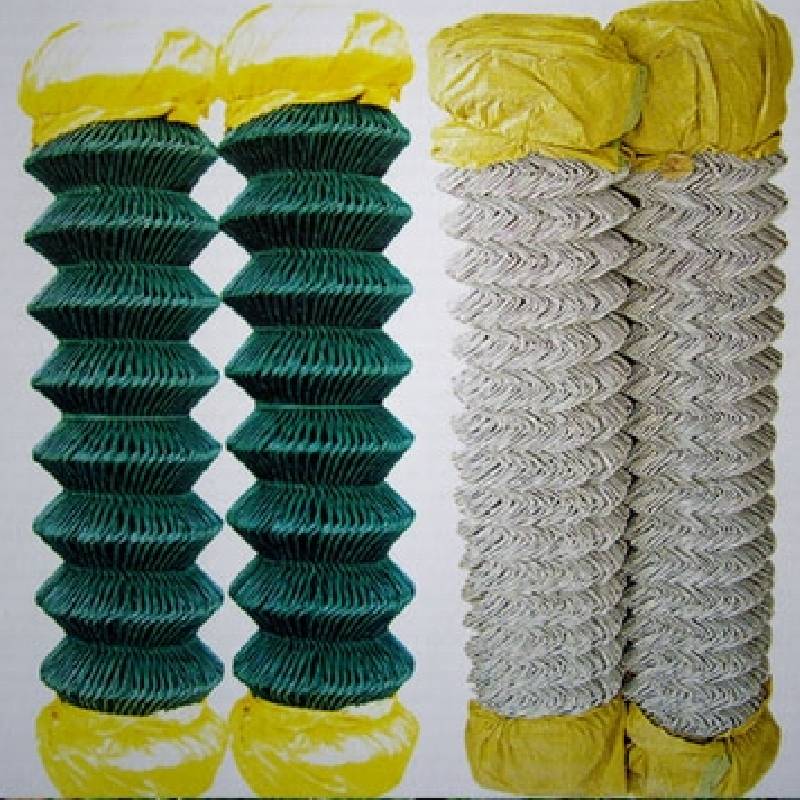
- Mobile Phone
- +8613931874955
- sales@cntcmetal.com
spring wire forming
Understanding Spring Wire Forming A Comprehensive Overview
Spring wire forming is a specialized manufacturing process that involves the shaping of wire into springs and other forms using various techniques and machinery. This process is crucial in many industries, providing essential components used in automotive, aerospace, electronics, and medical applications. In this article, we will delve into the intricacies of spring wire forming, its types, benefits, applications, and the technologies involved in the process.
The Basics of Spring Wire Forming
Spring wire forming begins with raw materials, typically high-carbon steel, stainless steel, or specialty alloys that provide the necessary strength and fatigue resistance. The wire is drawn to the desired diameter and is then subjected to various forming processes. Common techniques include winding, bending, and coiling, which are performed using state-of-the-art CNC (Computer Numerical Control) machines and other automated devices.
The quality of the springs produced is heavily reliant on the wire forming process. Factors such as wire diameter, material properties, and design specifications play a significant role in the final product's performance. Precision is paramount; hence, manufacturers invest in advanced technology to ensure that every spring meets stringent tolerances and performance criteria.
Types of Spring Wire Forms
There are several types of spring wire forms, each suited for different applications
1. Compression Springs These are designed to operate with a compressive load. Typically found in applications where space is limited, such as in automotive shock absorbers and electronic devices, compression springs are wound tightly and allow for energy storage when compressed.
2. Tension Springs Tension springs are designed to resist pulling forces. They are often employed in applications such as lawnmowers and exercise equipment, where a returning force is needed once the load is released.
3. Twisting Springs These springs twist under load and are commonly used in applications such as clothespins and clip-type fasteners. They are designed for specific torque requirements.
spring wire forming

4. Leaf Springs Comprised of several layers of metal, leaf springs are primarily used in vehicle suspension systems. They offer a robust solution for maintaining stability while accommodating weight and motion.
Benefits of Spring Wire Forming
One of the primary benefits of spring wire forming is the ability to produce highly durable and reliable components. Springs are often subjected to cyclic loading, and their design must account for material fatigue over time. The wire forming process allows for the custom fabrication of springs to meet specific load requirements and environmental conditions.
Furthermore, spring wire forming enables manufacturers to achieve high levels of precision and repeatability. Utilizing CNC technology, production runs can maintain tight tolerances, ensuring that each component performs consistently. This precision is critical in industries where failure can result in significant safety risks or economic loss.
Applications of Spring Wire Forming
The applications of spring wire forming are vast and varied. In automotive engineering, springs play a crucial role in suspension systems, ensuring vehicle stability and ride comfort. In electronics, tiny compression springs are essential in switches and buttons, providing tactile feedback to users.
In the medical field, springs are used in devices such as syringes and surgical instruments, where reliability and precision can be a matter of life or death. Moreover, industries like aerospace require springs that can withstand extreme conditions, pushing manufacturers to innovate continuously.
Conclusion
Spring wire forming is a pivotal process in modern manufacturing, contributing to a wide array of products across multiple industries. The ability to create custom springs that meet specific performance and durability criteria is vital for innovation and advancement in technology. As manufacturing processes continue to evolve with increased automation and precision, the future of spring wire forming holds great promise. Emphasizing engineering rigor and material science will undoubtedly lead to even greater advancements in this essential field.
share:
-
The Ultimate Solution for Display Needs: Wire Grid PanelsNewsMay.06,2025
-
The Ultimate Guide to Galvanized Steel WireNewsMay.06,2025
-
Iron Binding Wire: The Ideal Solution for Your NeedsNewsMay.06,2025
-
Explore the Strength and Versatility of Galvanized Welded Wire FabricNewsMay.06,2025
-
Discover the Durability and Versatility of PVC Galvanized WireNewsMay.06,2025
-
Discover Quality China Stainless Steel Wire MeshNewsMay.06,2025
-
Understanding Wall Ties: Types and ImportanceNewsApr.28,2025



















